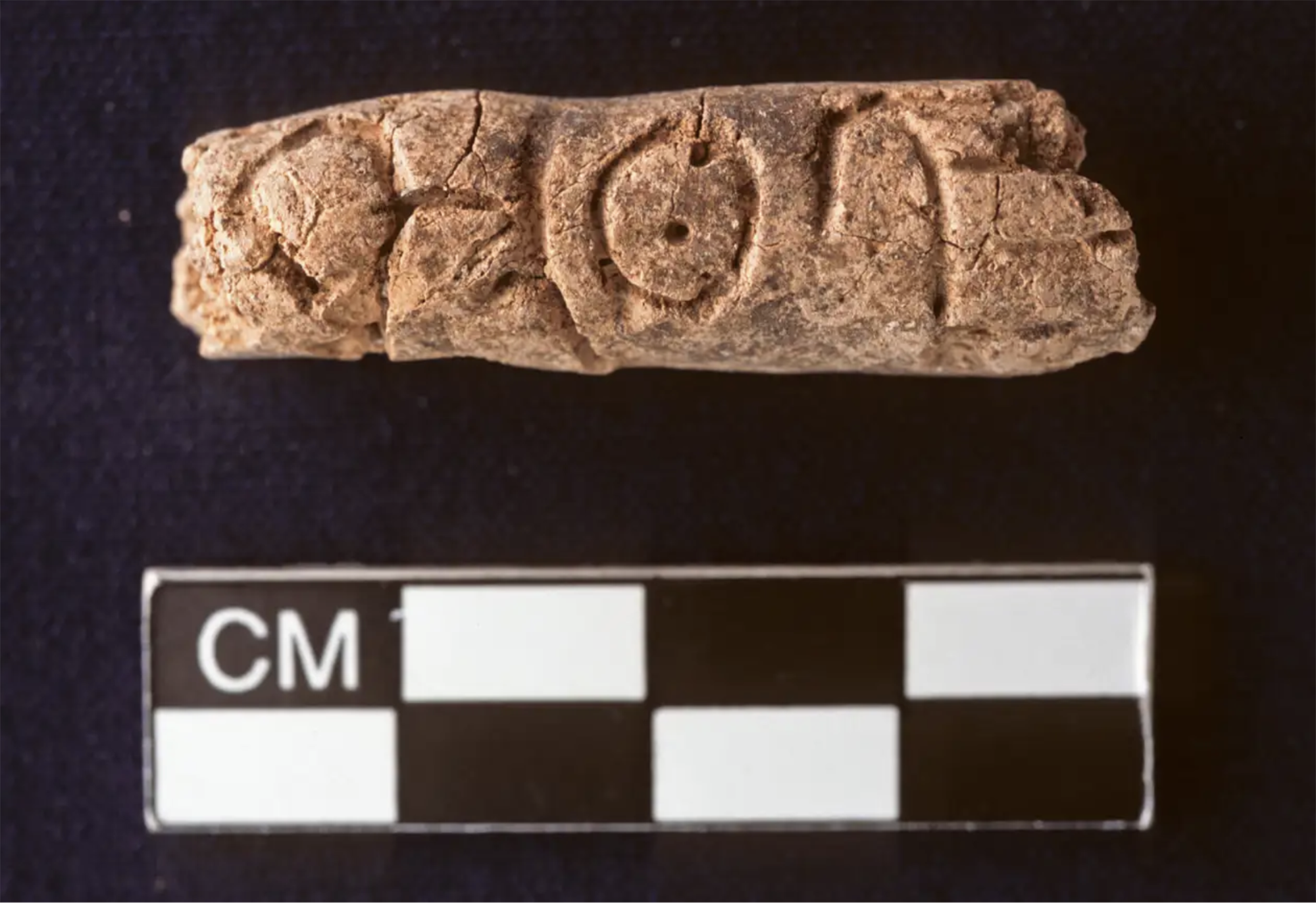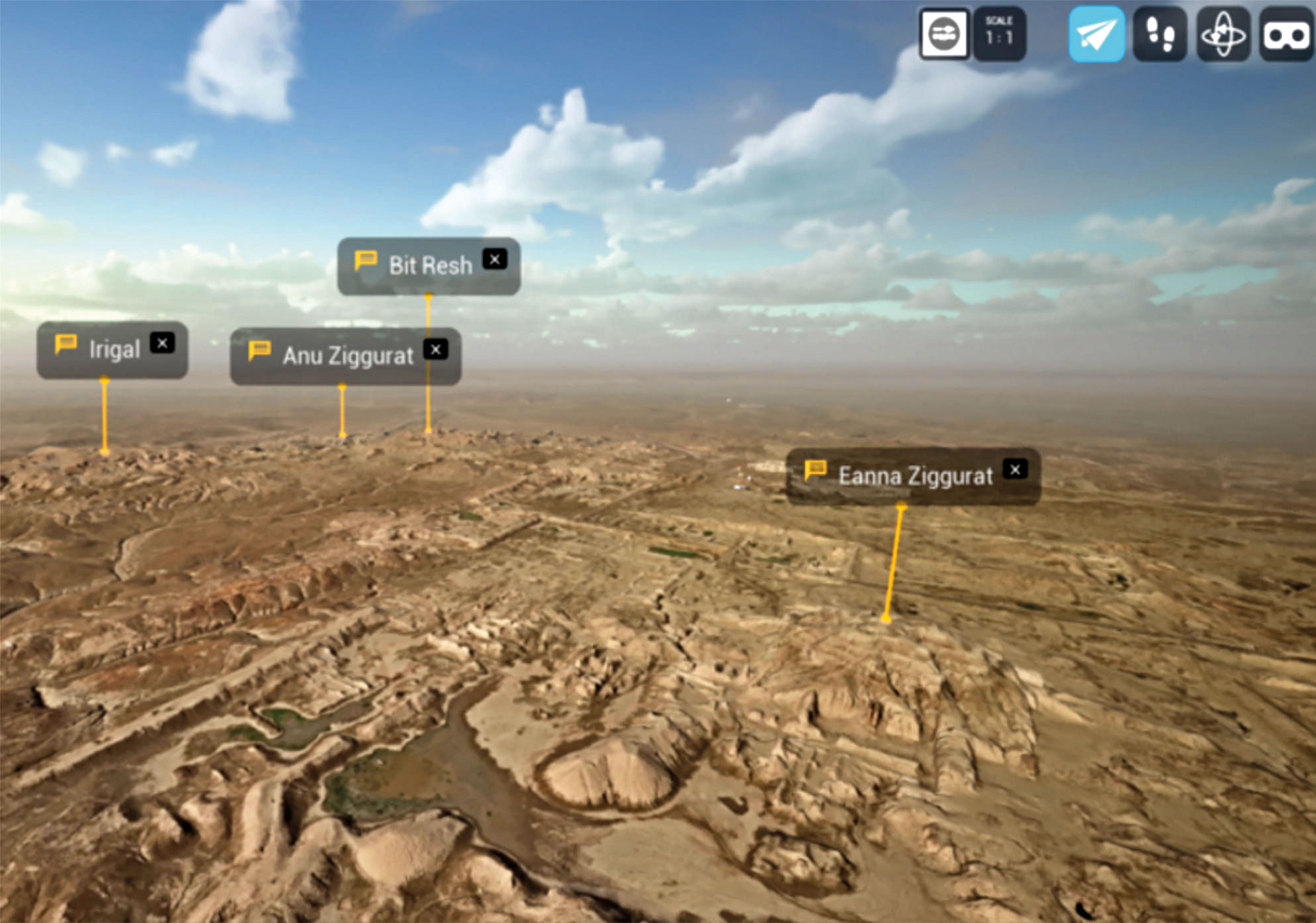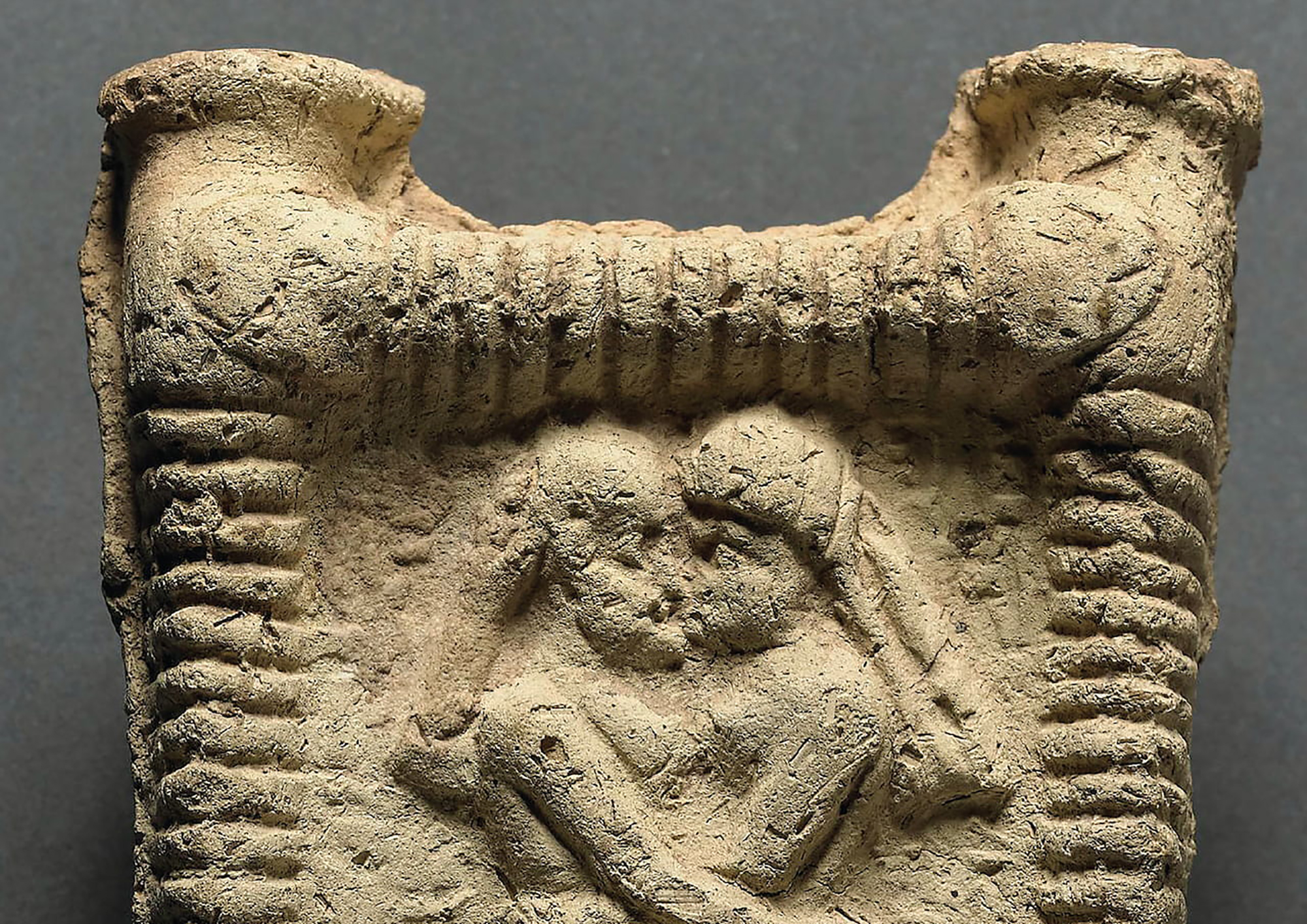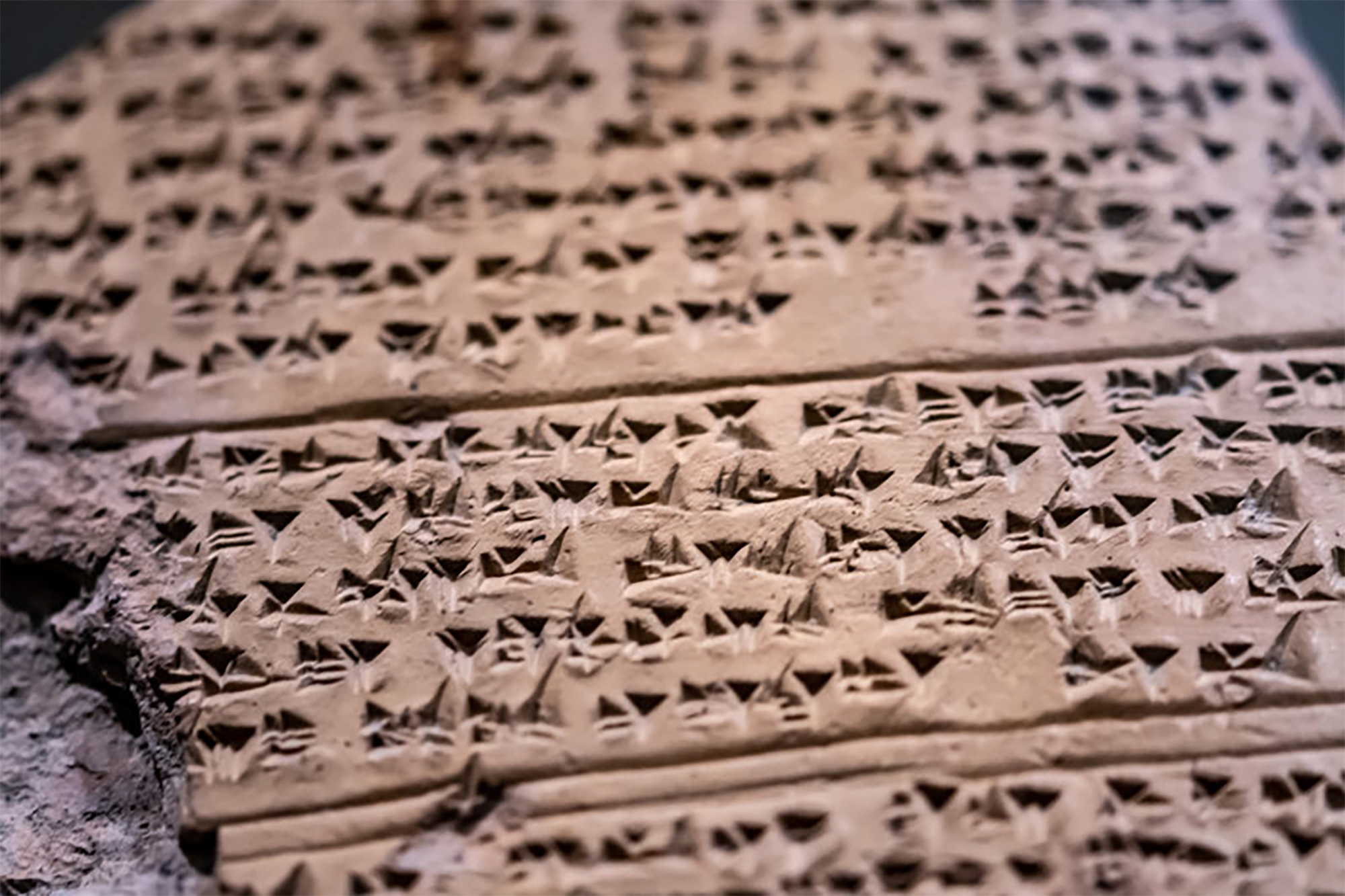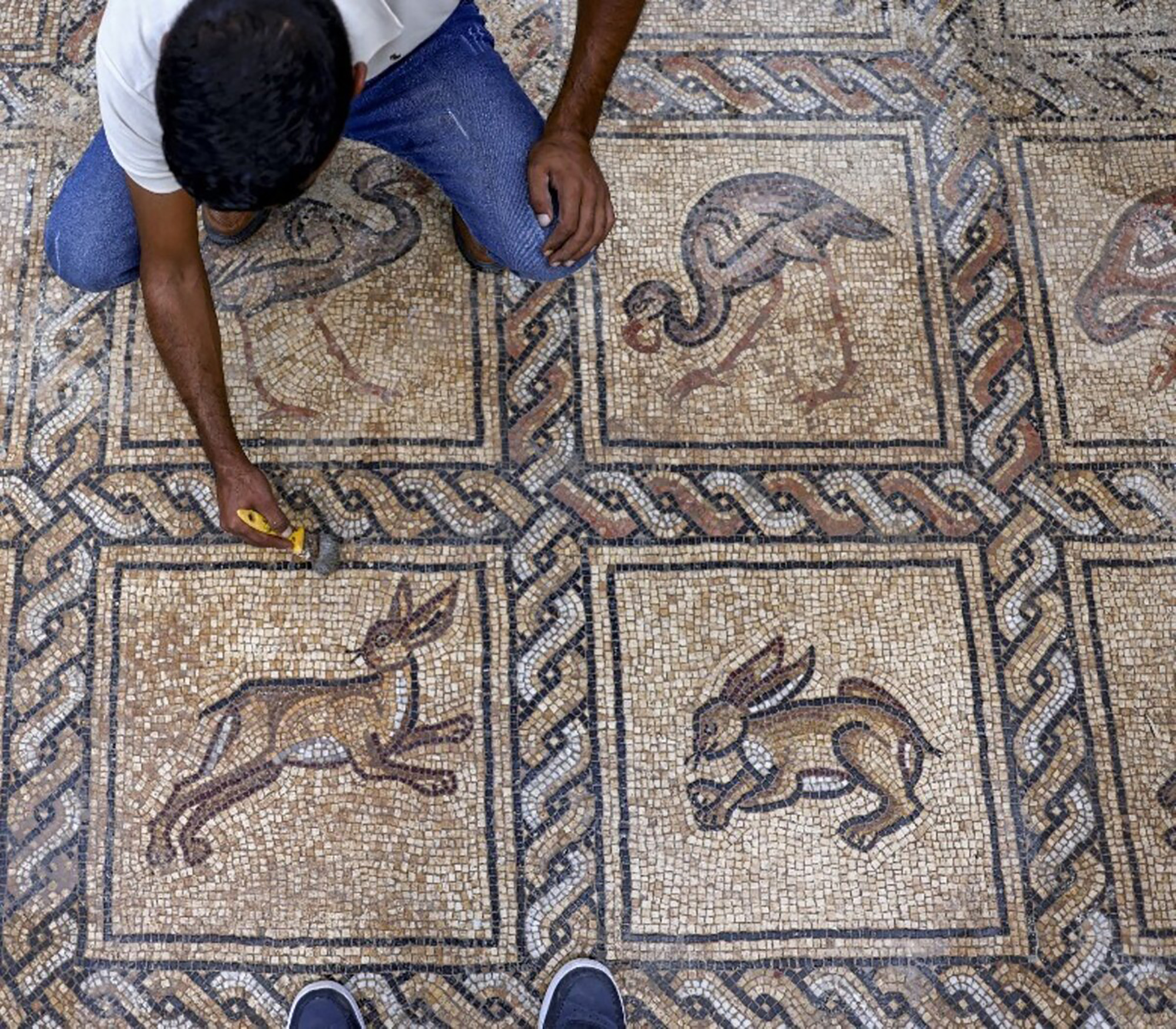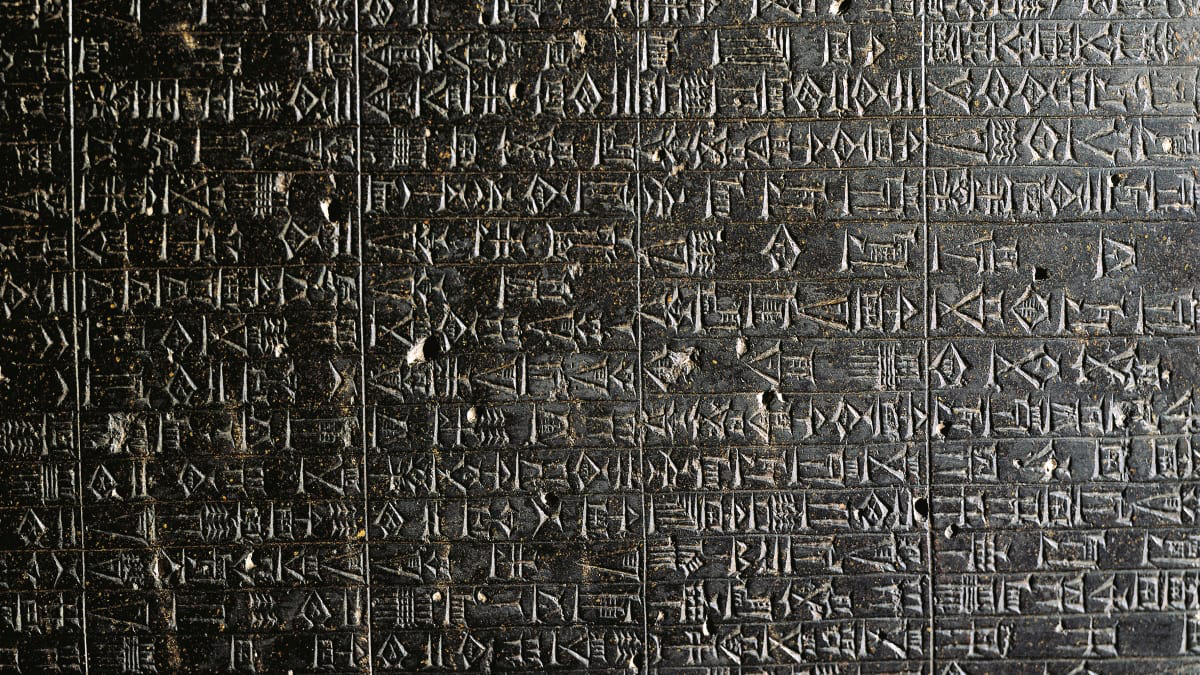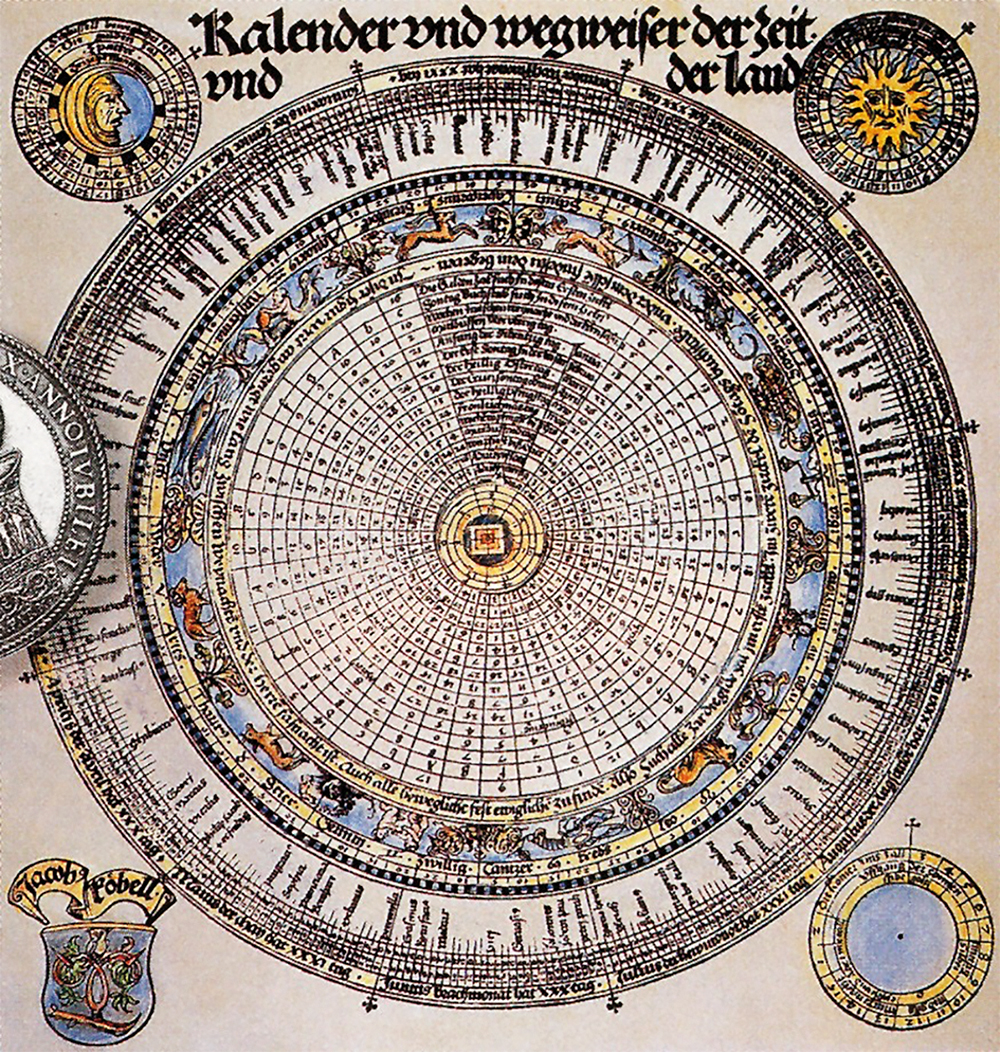Azken erregea eta lehen arkeologoa
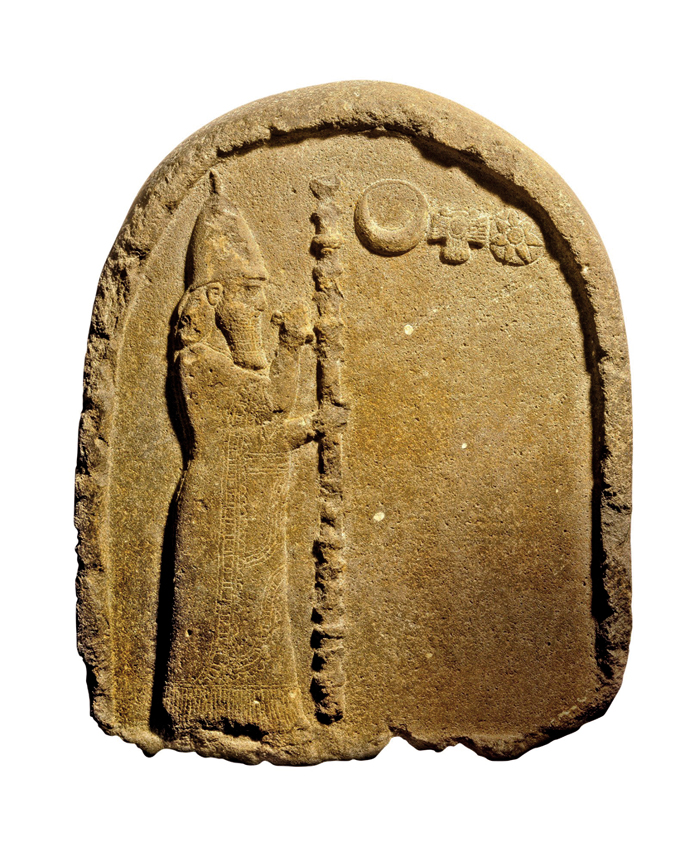
Babilonia, K.a. 556. Labashi Marduk errege gaztea kargutik kendu ondoren, Nabonido tronuan eseri zen. Herodoto greziarra lehen historialaritzat jotzen den arren, haren aurretik Nabonidok ere iraganarekiko interes handia izan zuen. Indusketak egiteko agindua eman zuen gainbehera etorritako hiri sumeriar eta akadiarretan, eta horietako batzuetan berak parte hartu zuen zuzenean. Indusketa lan horietan aurkitutako erregeen eta jainkoen estatuak, testuak idatzita zituzten estelak eta bestelako materialak Babiloniara eramanarazi zituen.
Ustez, haren asmoa objektu horiek toki batean erakusgai jartzea eta herritarrek antzinako erregeen loria miretsi ahal izatea zen; egungo museo moduko bat eraikitzea, alegia. Horrez gain, errege-liburutegiko milaka taulatxoren kopiak eginarazi zituen. Erregealdi guztien kronikak gordetzeko obsesioa zuen eta horretarako hainbat tailer zabaldu eta idazlari mordoa bildu zituen. Halaber, buztinezko eta betunezko nahasketa berezia asmatu zuen dokumentuak gehiago iraunarazteko. Horri esker Babiloniako errege liburutegia ia osorik iritsi zaigu.
Egungo arkeologoak ziurrenik hotzikarek hartuko lituzteke Nabonidoren indusketa metodologia ikusita; derrigorrezko informazioa bildu baino lehen objektuak testuingurutik ateratzea, esaterako, sakrilegioa da. Baina harengandik izan ez balitz, objektu asko eta bertan bildutako informazioa betiko galduak lirateke. Errege akadiarren berri, esaterako, ezer gutxi jakingo genuke.
Historiari egindako ekarpenak ekarpen, Nabonido agintari kaskarra izan zen. Hasteko, agintea lortzeko egindako bidea iluna izan zen eta klase boteredunarekin bat egin ordez, haien etsaitasuna irabazi zuen, bereziki apaizena. Marduk jainkoaren kultuaren nagusitasuna eten zuen eta haren ordez Sin ilargiaren jainkoa ipini zuen rankingaren lehen postuan. Horrenbestez, herri xeheak bat egin zuen boteredunekin erregearen aurka.
Halaber, huts larria egin zuen Pertsiako Ziro II.a Handiaren kontra Lidiako Kresorekin bat egitean. K.a. 539an Ziro Babiloniako ateetan konkistarako prest zegoenean, edozein agintarik armada prestatuko zukeen erasoari aurre egiteko. Baina Nabonidok beste estrategia bat hautatu zuen: erresumako jainkoen estatuak hiriburuan bildu zituen, jainkozko batzorde hark arazoa konponduko ziolakoan. Herritarrak Nabonidoren aurka egonik eta harrizko armada alferrikako harekin, Ziroren osteek ez zuten gezi bat bera ere jaurti behar izan Babilonia mendean hartzeko, Bibliak konkista gertaera ia apokaliptiko gisa deskribatu arren.
Herodotok dio Nabonido sutan erretzera kondenatu zutela baina azken unean Zirok barkamena eman ziola. Beste iturri batzuen arabera 539. urtean bertan exekutatu zuten eta bertsio baikorrenak dio bere azken urteetan bizimodu lasaia izan zuela Karmanian. Kontua da, azkenean, Nabonido Babiloniako azken errege penagarri gisa igaro dela hainbeste maite zuen historiara.
Researchers at Johns Hopkins University have discovered several cylinders with inscriptions at the present Syrian Reservoir, the Tell Umm-el Marra. Experts believe that the signs written in these pieces of clay can be alphabetical.
In the 15th century a. The cylinders have... [+]
It was founded by R about 6,500 years ago. And recently, the archaeologist at the German Institute of Archaeology, Max Haibt, has created the city's "digital twin," using the technology used in video games.
The team has made a three-dimensional record of the 40 square kilometres... [+]











